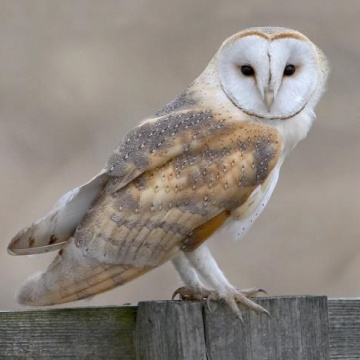Bird Surveys
Wold Ecology can offer a range of generic and species-specific avian surveys. We can tailor the survey types to the project needs.
A two-phase approach can be used and generic surveys are followed up if necessary with protected species-specific studies.
This comprehensive approach gives the opportunity to review the need for further study, a useful tool in planning applications.
Examples of generic surveys, which collect data in order to assess the composition of all species on a site, include:
- The BTO Common Bird Census, designed to survey breeding birds.
- Vantage point surveys to assess flight activity over a proposed wind farm.
- Species-specific surveys assessing populations of individual species.
Wold Ecology staff have carried out numerous surveys since 2000. These include:
- Upland bird surveys on 12 wind farm sites in Scotland.
- Common Bird Census surveys for landfill and opencast sites in northern England.
- Tidal flood defence monitoring on estuary habitats in England.
- Boreal forest surveys for a mining Environmental Impact Assessment in Russia.
Director Richard Baines has held protected species Schedule 1 licences for 20 species in Scotland and England during the past 10 years. This has enabled him to survey a range of species from Golden Eagle and Red-throated Diver through to Black Grouse, Barn Owl and Little Ringed Plover.
Wold Ecology also employ several highly experienced staff and associates which enables us to take on larger projects requiring increased resources.
Legislation
Birds are afforded various levels of protection and levels of conservation status on
a species by species basis. The most significant general legislation for British birds lies within Part 1 of the Wildlife and Countryside Act 1981 (as amended). Under this legislation it is an offence to, kill, injure or take any wild bird, take, damage or destroy the nest of any wild bird while that nest is in use or being built, take or destroy an egg of any wild bird. Birds listed under Schedule 1 of the Wildlife and Countryside Act recieved further
protection from disturbance whilst nesting




